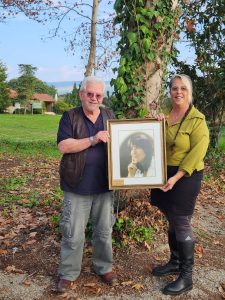The decision to die at home is fast becoming the preferred norm by an increasing percentage of people in general, and among people suffering from chronic or a terminal illness in particular.
The reason is clear; “there’s no place like home” is true both throughout life and towards its end.
This is where home hospice services come into play.
Hospice care may be defined as comfort care for patients with a prognosis of six months or less. Though it is not always possible to die at home, some people may benefit from home hospice services which allow them to go through the last period of their lives at home.
What does hospice care consist of?
- Hospice services focus on the question of how to provide palliative care and ensure the best quality of life under terminal illness circumstances for both the patient and his family, according to their wishes.
- Hospice services recipient are entitled to assistance from a certified hospice organization which provides care through an interdisciplinary team. The team might consist of a physician, a nurse, a hospice aide, a social worker, volunteers, bereavement specialist, etc. They will come to the patient’s home.
- Within the framework of hospice care, both the patient and his family will receive integrated support – medical assistance and palliative care as well as emotional, psychological and spiritual support.
Any adult, and certainly one who has been diagnosed with a severe chronic illness or a terminal disease, should plan ahead the way in which he chooses to spend his last months, as well as the way he wishes to die. Planning ahead can help the patient and those who accompany him in the hospice; it is a kind of ‘living will,’ which is also legally binding.
5 questions to ask when planning ahead:
- What kind of medical treatment would the patient accept at the end of his life?
- What kind of medical treatment would the patient refuse; either as part of a hospitalization or in a hospice?
- Who would the patient want to make medical decisions for him when he is in a situation where he cannot make such decisions?
- What would help, in his opinion, to ease his life in the advanced stages of the disease?
- What kind of things should the family and caregivers pay special attention to?
Important note
The question that usually arises is how to encourage the patient to discuss this plan, with himself and with others. Many people consider such planning, and generally dealing with the end of life as the final confirmation that they are going to die soon.





